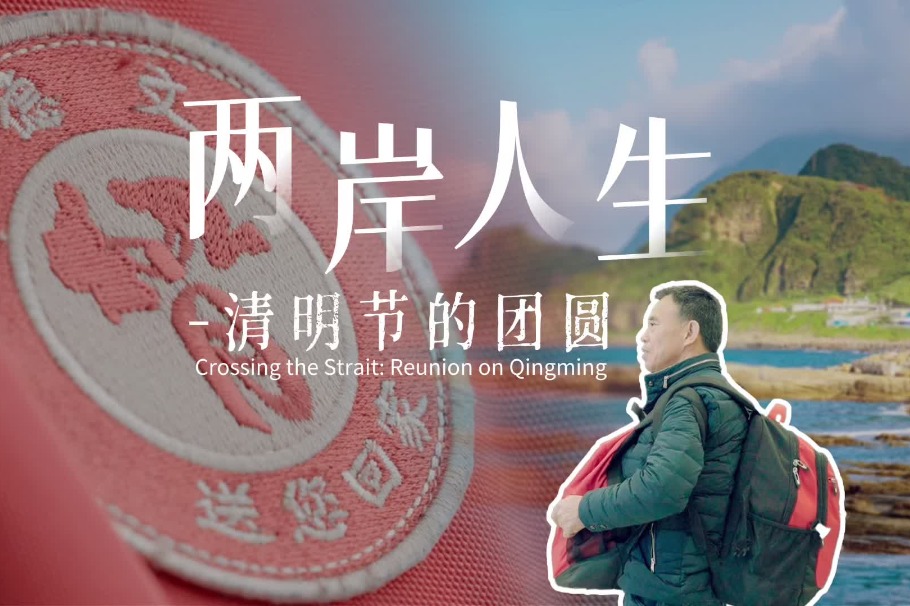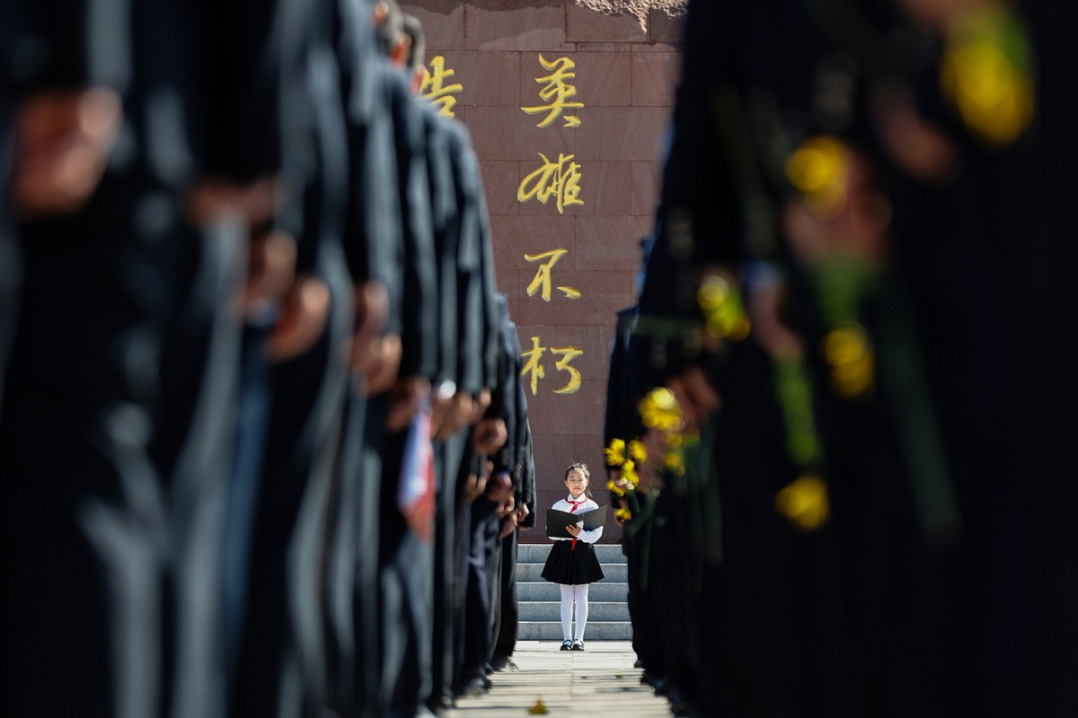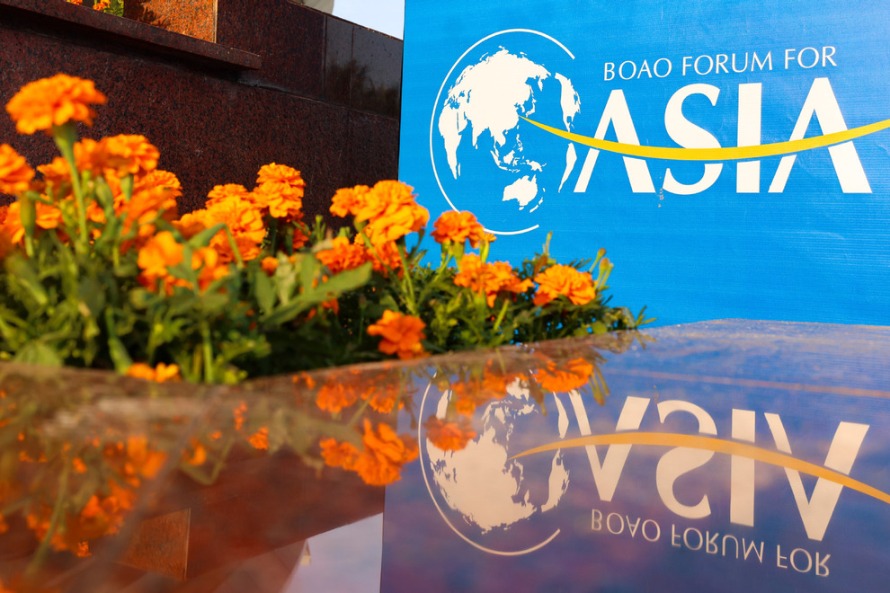Integrating cultural and tourism development
By Hui Ming | China Daily | Updated: 2020-11-30 07:27

During the 14th Five-Year Plan (2021-25) period, China is expected to maintain a healthy economic growth rate and become a high-income country with its per capita gross national income crossing $12,600, which will usher in another period of high growth for the domestic as well as outbound tourism sectors.
With the continuous improvement in China's ecological environment, optimization of its high-speed rail and civil aviation networks, and 5G and other high-tech infrastructure sectors, as well as upgrading of tourism services, many new types of tourism will emerge, attracting more international tourists and boosting the growth of the inbound tourism sector.
According to the proposals for formulating the 14th Five-Year Plan for National Economic and Social Development and the Long-Range Objectives Through the Year 2035 released after the conclusion of the Fifth Plenary Session of the 19th Communist Party of China Central Committee last month, the country should promote the integrated development of the cultural and tourism industries, develop a number of world-class tourist attractions and resorts with rich cultural connotations, and build tourism and leisure cities and urban zones with distinctive cultural traits.
But how can China achieve these goals?
That a giant sculpture of Guangong, a hero during the Three Kingdoms (220-280) period, recently installed in Jingzhou, Hubei province, has to be relocated to another spot should be a lesson for local decision-makers on how these goals cannot and should not be achieved.
The basic goals of tourism development during the 14th Five-Year Plan period are the tourism industry's upgrading, meeting people's practical needs to lead a better life, including enjoying high-quality tourism services, and making China more attractive to international tourists. Given the new market demands and development trends, China's tourism industry needs, among other things, to improve the environment, upgrade tourism services, devise innovate tourism formats, and ensure tourists enjoy the different experiences.
The government on its part should strengthen the protection of urban cultural features. In today's world, major developed economies, in general, are also major tourist destinations, and they attach great importance to the development and protection of urban cultural heritages, resources and landscapes by enacting laws, and turning cities into valuable tourist attractions.
China has more than 670 cities and 21,000 towns, including 134 national-level historical and cultural cities and 799 historical and cultural towns. But these cities and towns are still characterized by homogenous architecture, and are affected by historical and cultural damage-destruction of urban blocks for example-over-development and lax protection of historical and cultural heritages.
So, during the 14th Five-Year Plan period, the government should take measures to better protect urban historical and cultural heritages, integrate architecture with local cultural features, and build cities into huge cultural tourism hubs. It should also cultivate tourism products and services such as performing arts, urban historical tours, and urban theme park tours, in order to turn cities into the main venues and engines for high-quality, integrated cultural and tourism development.
Besides, it is important for the government to optimize the use of core cultural resources. Cultural heritages and museums, which showcase the cultural confidence a country and bear witness to its history and civilization, are core cultural resources of a country.
China has rich cultural heritage. And in terms of number, its world-class cultural heritages rank first in the world. It is also home to tens of thousands of intangible cultural heritages. These are valuable resources that can be used for upgrading and developing the cultural tourism industry.
To propel high-quality, integrated cultural and tourism development, the government should integrate cultural factors into the development of tourism products. Despite the upgrading of tourism services and the development of Chinese tourists' tastes, the traditional tourism industry has been meeting the leisure and spiritual needs of the people by promoting scenic and historical tourist spots.
But a whole new form of tourism, which takes a holistic view of ecology, landscape, folk customs, cultural heritages and local lifestyles, has emerged. At the same time, tourists' demands are rising for rural tourism, "red" tourism, research tourism, industrial tourism, theme park tourism, festival tourism, leisure tourism, health tourism, cruise tourism and other theme-oriented tourism.
The development of technology has enriched the cultural content of tourism while providing tourists with different kinds of experiences. Hence, to realize high-quality, integrated cultural and tourism development, the government should promote the integration of culture, technology and tourism. It should also use its advantage as the global leader in 5G technology to accelerate the application of virtual reality, augmented reality, artificial intelligence and smart wearable technologies to develop tourism services and products.
There is also a need for the government to promote the innovative application of Internet Plus, big data, cloud computing and other technologies in the tourism sector, so as to facilitate integrated cultural and tourism development.
The author is a researcher at the China National Center for Cultural Studies, Chinese Academy of Social Sciences.
The views don't necessarily reflect those of China Daily.
























